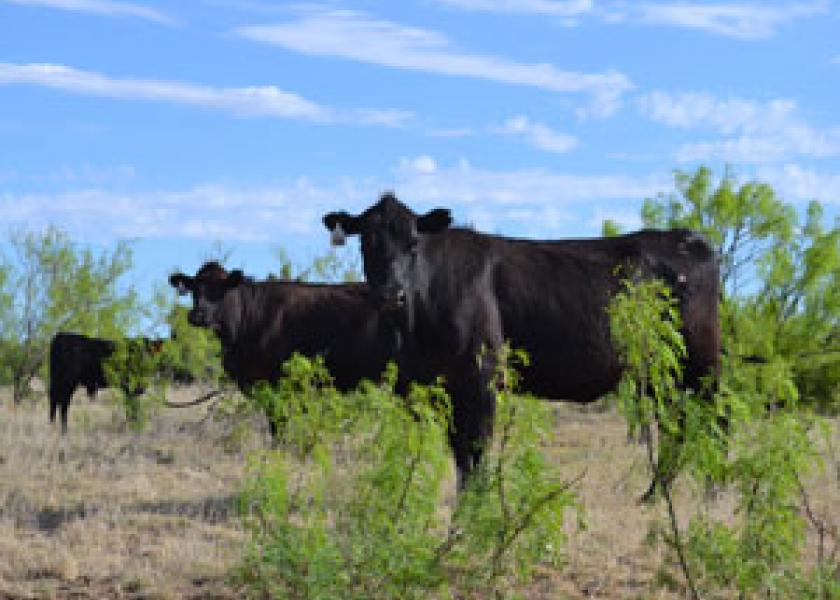Texas Drought Takes Toll on Cattle—and Ranchers

Read part one of this special "AgDay" report: Surviving the Texas Drought
The nation’s second-largest canyon, once carved by running water, is now all but void of that life-sustaining resource. For the ranchers here, recovery seems beyond the scenic horizon.
"When we start getting a healing of the grass, we're going to have to rebuild some root systems," says Jay O’Brien, managing partner at JA Ranch.
This land is home to the oldest privately owned ranch in the Texas Panhandle, once covering more than a million acres. JA Ranch’s history is what they hope will help secure their future, despite the hard-hitting drought.
"This ranch has been in the same family since 1876," he says. "Certainly, if we do anything to keep it from staying in the same family for another 100 years, then we're doing a poor job."
Many local ranchers have been forced to cull their herd, just waiting for the drought to pass. The latest USDA Crop Progress report shows 40% of the state’s pasture and range in poor to very poor condition. In the Panhandle, the conditions are even worse than the state-wide numbers show.
Despite the crippling drought, JA Ranch has managed to keep its cows.
"I think a lot of people look at the short term, so they're not protected for the long term," O’Brien says.
O’Brie says rebuilding the native grasses, and not overgrazing, is key in helping this ranch continue to survive.
"We will not seed; this is native grass, and it's not economical to seed," he says. "We will just have to baby this ranch by running fewer numbers for some time to let the grass heal itself."
O’Brien says the heat is also an issue, attracting new pests that are demolishing this range.
"There's a grass termite that's come into this area, and we can see areas where it's been denuded of grass," he explains. "It's going to take a while for that grass to come back and for us to get our turf."
The persisting drought is changing more than just the physical landscape on this farm.
"Normally we use about half of our country for yearlings and half for cows, and we do that as a safety valve," he says. "In 2011, we destocked all of our yearlings, and so we've spread the cows over the whole ranch. We've been able to maintain our cow herd."
He says it’s taking it’s toll on the cows. On average, calves are weighing 100 to 150 lbs. less than normal, and calving season is a month late.
"Now, if this drought continues another year, we'll have to sell some cows," he says, "and we'll just destock in order to maintain the ranch because preserving the asset is part of our mission statement."
O’Brien says that’s a last resort, as liquidating could hurt the ranch’s bottom line for decades to come, because restocking will be so costly.
"If we had a good general rain, I think cows would jump up $1,000 per head," he says. "We saw a little bit last spring when we had a hint we were going to come out of it, and cows immediately jumped up then. "
O’Brien says they’ve tightened their belt and will continue to do what it takes to see this ranch through, for the tough times just make you better prepared for the good times.







